The Importance of Knowing Truck Trailer Dimensions
When it comes to logistics and transportation, selecting the right semi-trailer length is crucial. Every inch matters, not just for compliance with regulations but also for maximizing load capacity and ensuring efficient operation. Trailers come in various lengths to serve different purposes. Whether you’re a fleet manager, owner-operator, or logistics coordinator, understanding trailer dimensions can significantly impact your operational efficiency and cost-effectiveness.
Common Semi-Trailer Lengths Explained
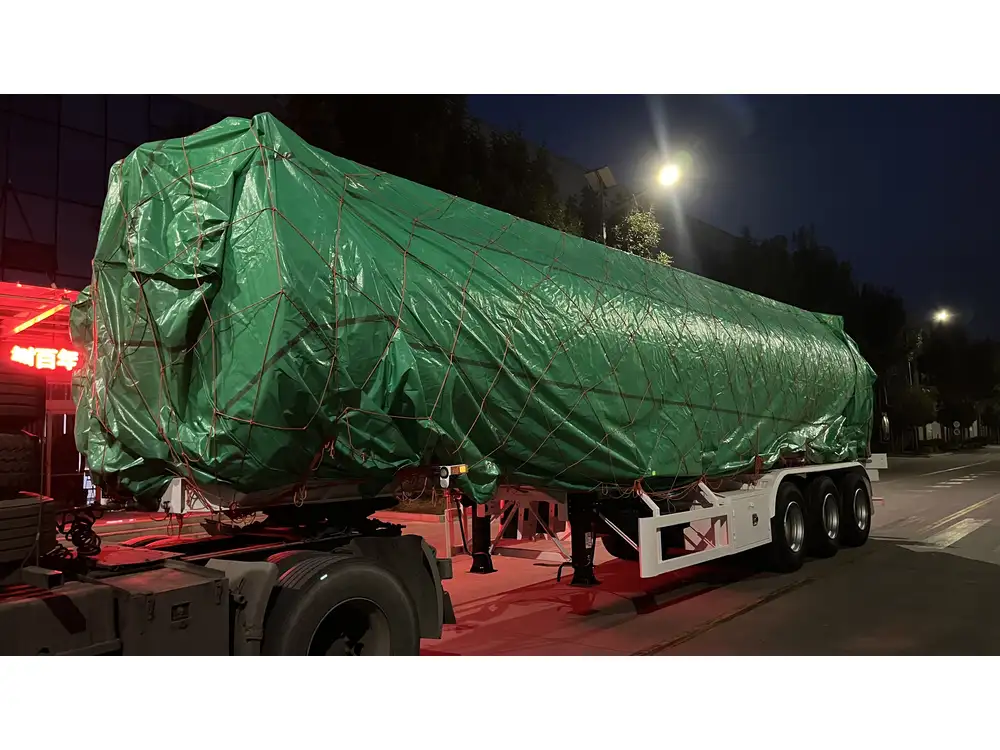
Standard Lengths
The lengths of semi-trailers typically range from 28 feet to 53 feet. Below is a comprehensive table showing common types of trailers along with their standard lengths:
| Trailer Type | Standard Length | Common Uses |
|---|---|---|
| Dry Van | 48 – 53 feet | General freight, non-perishable goods |
| Reefer | 48 – 53 feet | Temperature-sensitive cargo |
| Flatbed | 48 – 53 feet | Heavy machinery, construction materials |
| Step Deck | 48 – 53 feet | Oversized loads, vehicles |
| Lowboy | 40 – 60 feet | Heavy equipment transport |
| Tanker | 35 – 50 feet | Liquid bulk transport |
Variations by Region
Different states and countries have specific regulations governing semi-trailer lengths. For instance, in the United States, federal law permits semi-trailer lengths of up to 53 feet, while most states allow configurations that could be slightly longer under certain conditions. In contrast, countries like Canada have similar standards with slight variances, owing to their provincial regulations.
Unique Configurations

Shorter Trailers (28 feet)
Shorter trailers, often known as “pup trailers,” are ideal for urban deliveries where maneuverability and tight turning radiuses are necessary. These trailers typically transport less cargo but can navigate through crowded city streets with greater ease.
Extendable Trailers
This specialized trailer type can extend out to accommodate loads that exceed the typical length constraints. They are particularly valuable for shipping lengthy goods such as pipes and beams in construction.
Trailer Length Regulations: A Necessity
Understanding regulations surrounding trailer lengths is vital, especially in the United States, where the Department of Transportation (DOT) sets specific guidelines that trucking companies must follow.
Federal Regulations: Under federal guidelines, trailers can be a maximum of 53 feet long. However, truck configurations might allow longer combinations under specific conditions.
State Regulations: Each state may enforce its own nuances. For example, some states permit longer trailers in designated routes or under special permits.
Weight Considerations: The Gross Vehicle Weight Rating (GVWR) must be considered alongside length; longer trailers may correlate with increased weight, affecting the overall haul capacity.
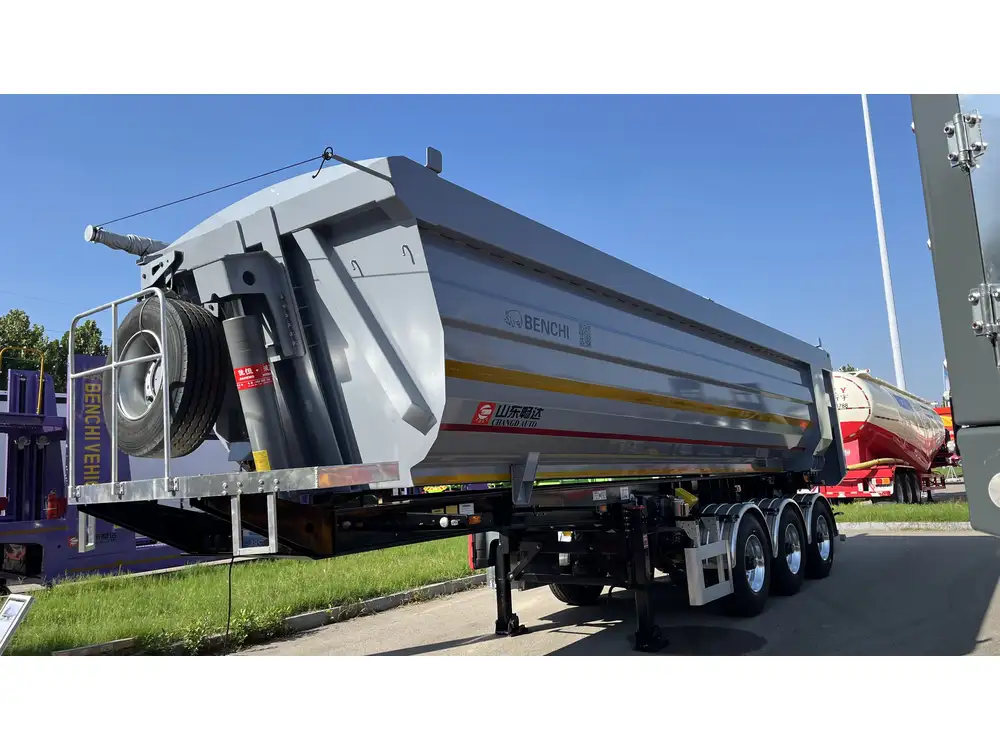
Making the Right Choice: Selecting the Appropriate Trailer Length
Factors to Consider
Load Type
The nature of the cargo significantly affects the choice of trailer length. For instance, if you’re transporting machinery, a flatbed trailer may be necessary, leveraging its longer dimensions to accommodate wide loads. If your focus is on shipping temperature-sensitive items, a 53-foot reefer would be preferable.

Route Restrictions
Knowledge of route-specific restrictions can help in selecting a trailer that won’t lead to penalties or delays. Always check schedules and regulations along intended travel routes, especially for longer trailers that could encounter weight restrictions or height limitations.
Efficiency and Cost-Effectiveness
When optimizing operations, the length of the trailer has direct implications on fuel economy. Longer trailers allow for more cargo, which can lead to lower costs per mile. However, excessive lengths can result in increased drag and reduced fuel efficiency. Striking a balance between length and aerodynamic design is essential for achieving optimum performance.
How to Measure Truck Trailers Accurately
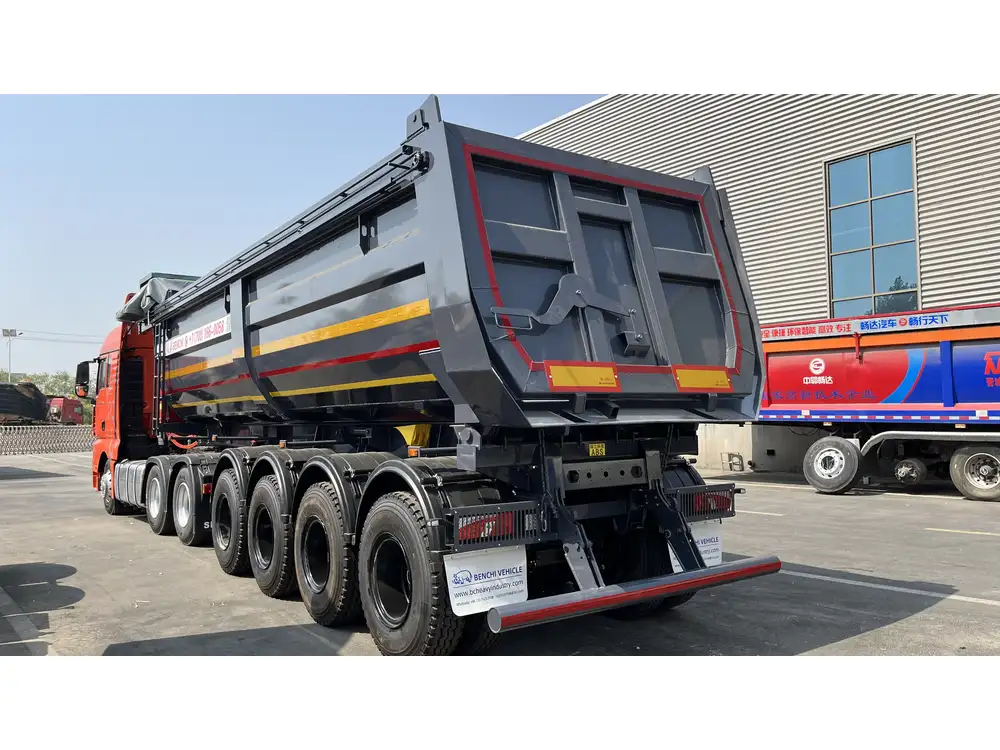
Measuring Length
- Standard Method: Measure from the front of the trailer (including the kingpin) to the rear end using a measuring tape.
- Consider Kingpin to Rear Axle Length: For compliance and operational purposes, measure from the kingpin to the rear axle, ensuring it falls within legal limits, usually not exceeding 40 feet.
Factors Affecting Measurement
- Trailer Design: Some trailers have extended features that need to be accounted for, such as bumpers or tail modifications.
- Tilt and Suspension Systems: Be aware of how a trailer settles depending on load distribution; improper weighing can manipulate your measurements.
Understanding the Impact of Trailer Length on Load Capacity
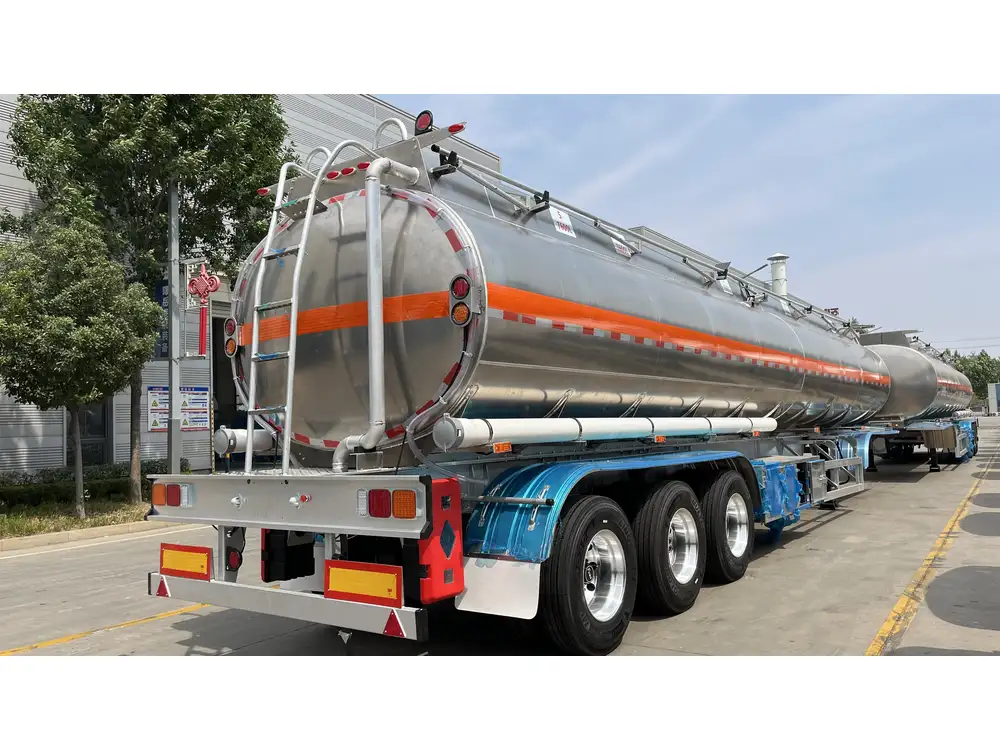
Weight Distribution and Balance
The relationship between trailer length and weight distribution heavily influences safety and performance. A longer trailer provides better balance when loaded properly, distributing weight more evenly across axles which can prevent overloading one side and causing potential accidents.
Impact on Handling
- Longer Trailers: They typically require more space for turning and maneuvering, especially in tight conditions, affecting their operation in urban settings.
- Shorter Trailers: Enhanced maneuverability allows for better handling, particularly beneficial in city traffic.
Implications for Drivers
Drivers must be trained to operate varying trailer lengths, understanding the nuances of steering and braking. Awareness of turning radii becomes critical when operating longer trailers to prevent collisions and ensure safety on roadways.

Case Studies: Companies Maximizing Returns by Choosing the Right Length
Example 1: XYZ Logistics
XYZ Logistics faced challenges with operational efficiency due to the use of inadequate trailer lengths for their freight. By transitioning to 53-foot dry vans, they optimized cargo space, reducing the number of trips needed for transport, lowering fuel costs by 15%, and increasing customer satisfaction due to timely deliveries.
Example 2: ABC Construction
ABC Construction specialized in machinery transport. They initially used standard 48-foot flatbeds but faced difficult load balancing issues. By switching to extendable flatbeds, they could easily accommodate oversized equipment and optimize loads without compromising safety.
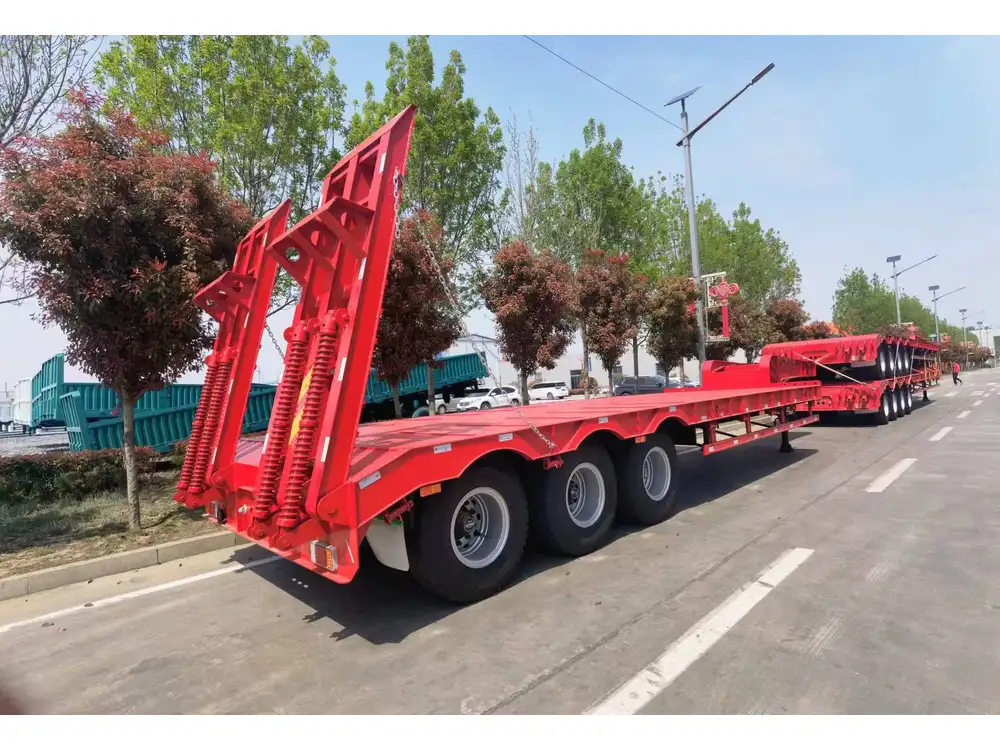
Conclusion: Key Takeaways on Trailer Length Selection
The choice of semi-trailer length cannot be overstated. It underpins the success of logistics operations, directly affecting compliance, operational costs, fuel efficiency, and safety. Length impacts how effectively goods are transported and fundamentally influences the bottom line of any transport business.
By evaluating load types, route specifics, and operational regulations, businesses can make informed decisions that ensure optimal performance. In an ever-evolving logistics landscape, understanding the subtleties of trailer length can distinguish successful operators from the competition.
Further Resources
- Department of Transportation Guidelines – For comprehensive information on trailer regulations.
- Trailer Manufacturer Specifications – For in-depth understanding of different trailer types.
- Online Calculators – Tools for assessing load distributions and capacity based on trailer length.
By grasping the complexities surrounding trailer lengths, users can enhance their operational strategies and navigate the logistics landscape with confidence. Understanding these nuances guarantees not only compliance with laws and regulations but also serves as an invaluable tool for optimizing performance and profitability in the industry.



